Unveiling PFAS: The Hidden Toxic Legacy of Everyday Products
The following blog is to draw attention to per- and polyfluoroalkyl substances (PFAS)-containing consumer products. From the last 60 years. The reason why is that these products will have effected the largest contingent groups of people born post World War 2 and their children. Namely the baby boomers and Generation X. The xenoestrogenic compounds have an innate ability to create issues with long-term buildup in the human body over years.
Numerous epidemiological studies have indicated a correlation between exposure to PFAS and an elevated risk of specific cancers, notably kidney and testicular cancer. Research investigating populations with heightened PFAS exposure, such as those near manufacturing facilities or military installations utilizing firefighting foam, has demonstrated correlations between PFAS concentrations in blood serum and a higher prevalence of cancers. The precise processes remain unclear; however, possible pathways encompass PFAS-induced oxidative stress, endocrine disruption, and the activation of peroxisome proliferator-activated receptor alpha (PPARα), which may affect cell proliferation and tumorigenesis.
PFAS detoxification is difficult due to their persistence and strong chemical interactions. Although the body has inherent capabilities for processing and removing PFAS, prolonged exposure can overwhelm these pathways. Supporting natural detoxification systems through evidence-based therapies may help to reduce the health effects of PFAS exposure. However, prevention through decreased exposure remains the most effective option.
PFAS (Per- and polyfluoroalkyl substances) has been used in many consumer products since the 1940s. The development of these chemicals was hailed as a wonder. That we lived through the golden age of modern space age technology in the 1950-70s. But as you’ll see some of the products that contain PFAS chemicals were more Mr Hyde not the good Dr. Jekyll. Sadly, for us all the exposure to, and use of these products may be related to the increase in ill health as the aforenoted generations age and suggests a need for greater investigation.
Major Categories and Specific Products with Documented Historical Use
Cookware:
- Non-stick cookware (Teflon-coated pans) - introduced by DuPont in 1960s
- Microwave popcorn bags - PFAS used for grease resistance
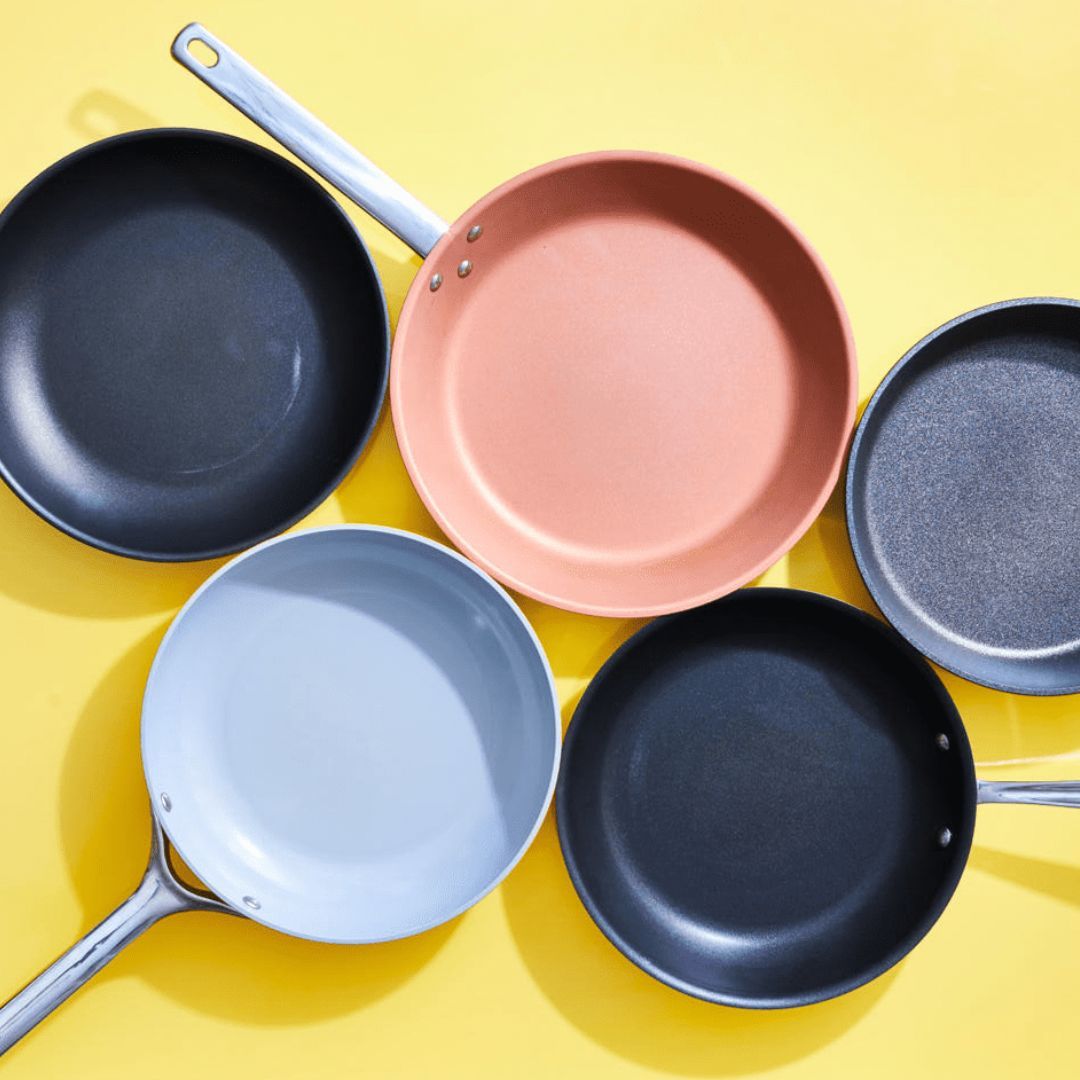
Food Packaging:
- Fast food wrappers
- Pizza boxes
- Candy wrappers
- Bakery bags
- Disposable paper plates

Clothing and Textiles:
- Gore-Tex and similar waterproof fabrics
- Stain-resistant carpets and upholstery (Scotchgard, introduced in 1956)
- Water-resistant clothing
- Umbrellas
- Leather treatments
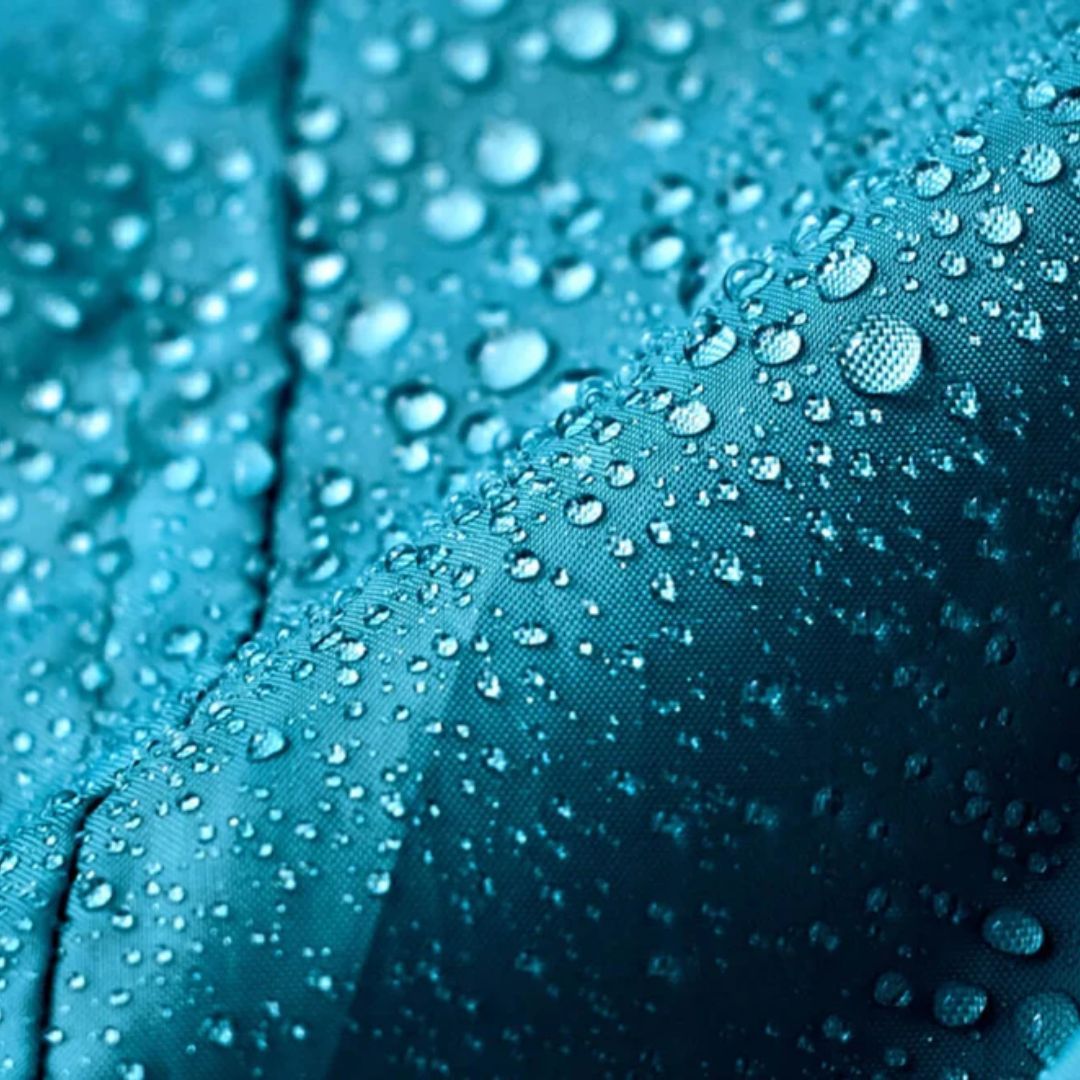
Personal Care Products:
- Dental floss (PTFE-coated)
- Cosmetics, particularly long-wearing or waterproof formulas
- Shampoos and conditioners

Industrial/Household:
- Fire-fighting foam (AFFF)
- Floor waxes and polishes
- Cleaning products
- Paint and varnishes
- Ski waxes
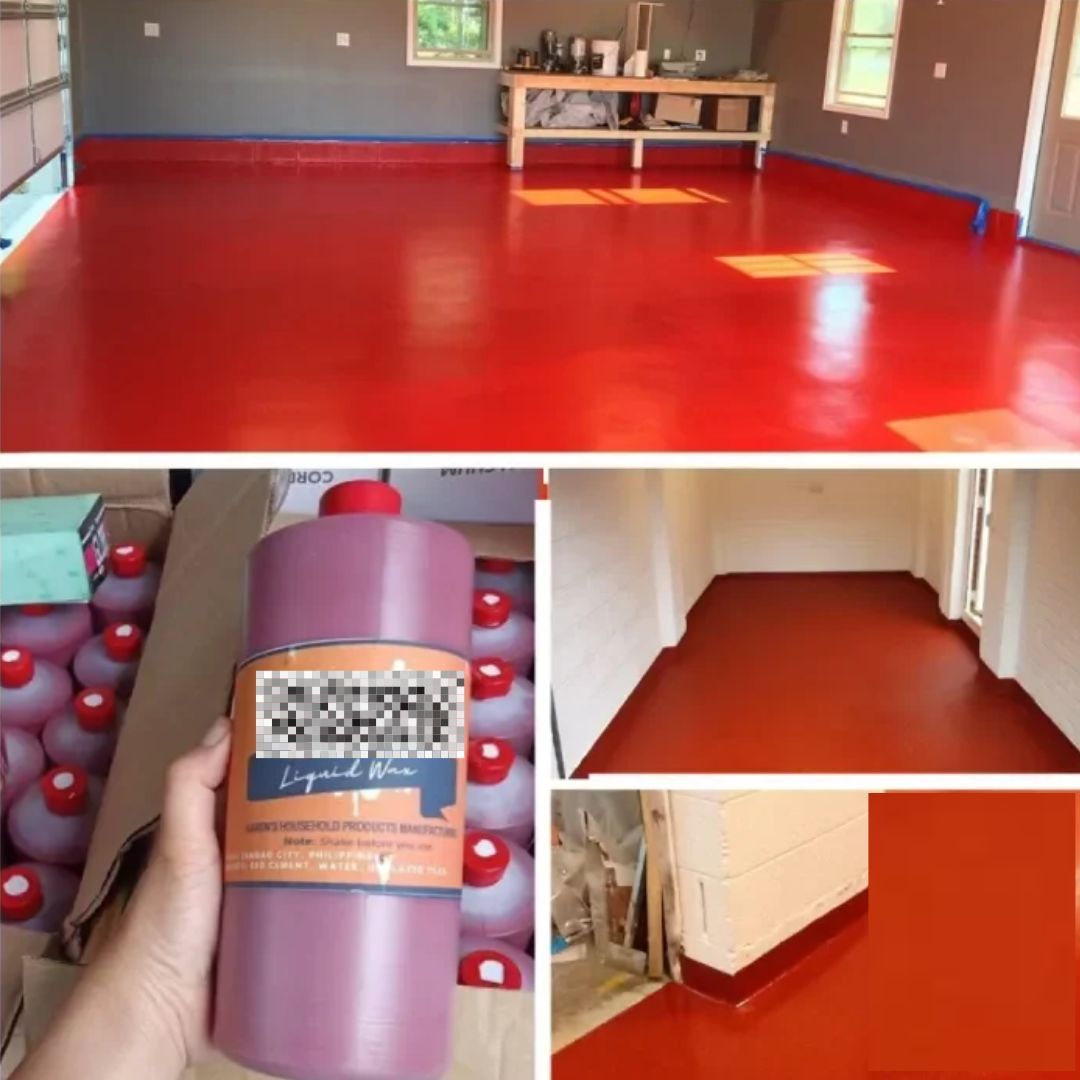
Note: While I aim to be accurate, I should mention that I can’t capture every historical product, and specific formulations may have changed over time.
If you find this interesting and want more current information about PFAS in products, I'd recommend consulting the EPA or European environmental agencies' databases.
PFAS in Food Packaging and Cookware: Most Documented Usage
DuPont Teflon Cookware Evolution:
- 1960s: First Teflon non-stick pans (using PTFE)
- Common products included: frying pans, sauce pans, baking sheets
- By 1970s: Expanded to include coatings for waffle irons, rice cookers
- 1980s-1990s: Widespread use in electric appliances like bread makers
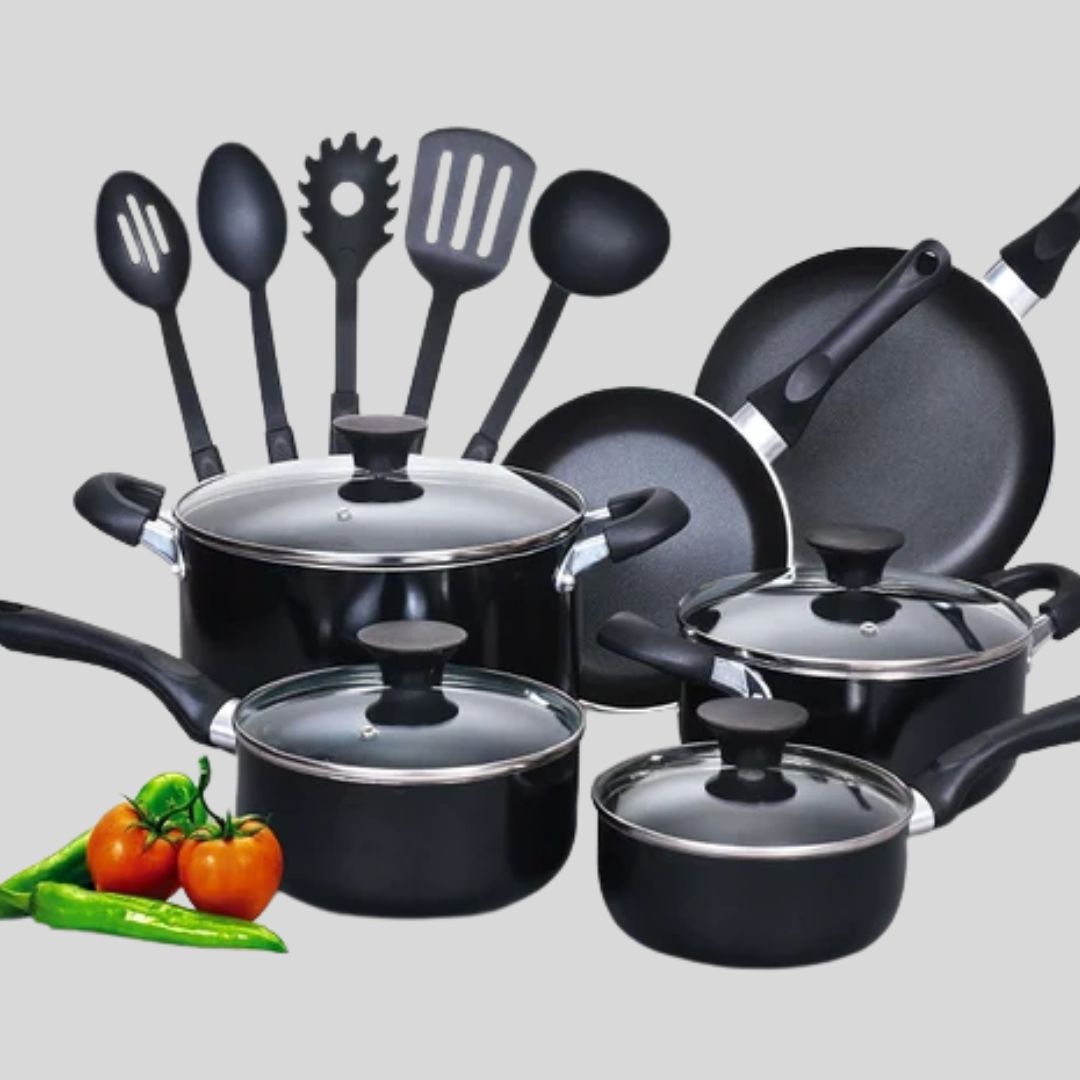
Food Packaging Applications (1960s-present)
Fast food packaging:
- Burger wrappers (grease-resistant paper)
- French fry containers
- Pizza boxes (especially for heat and grease resistance)
- Sandwich wraps
- Bakery papers
- Takeout containers
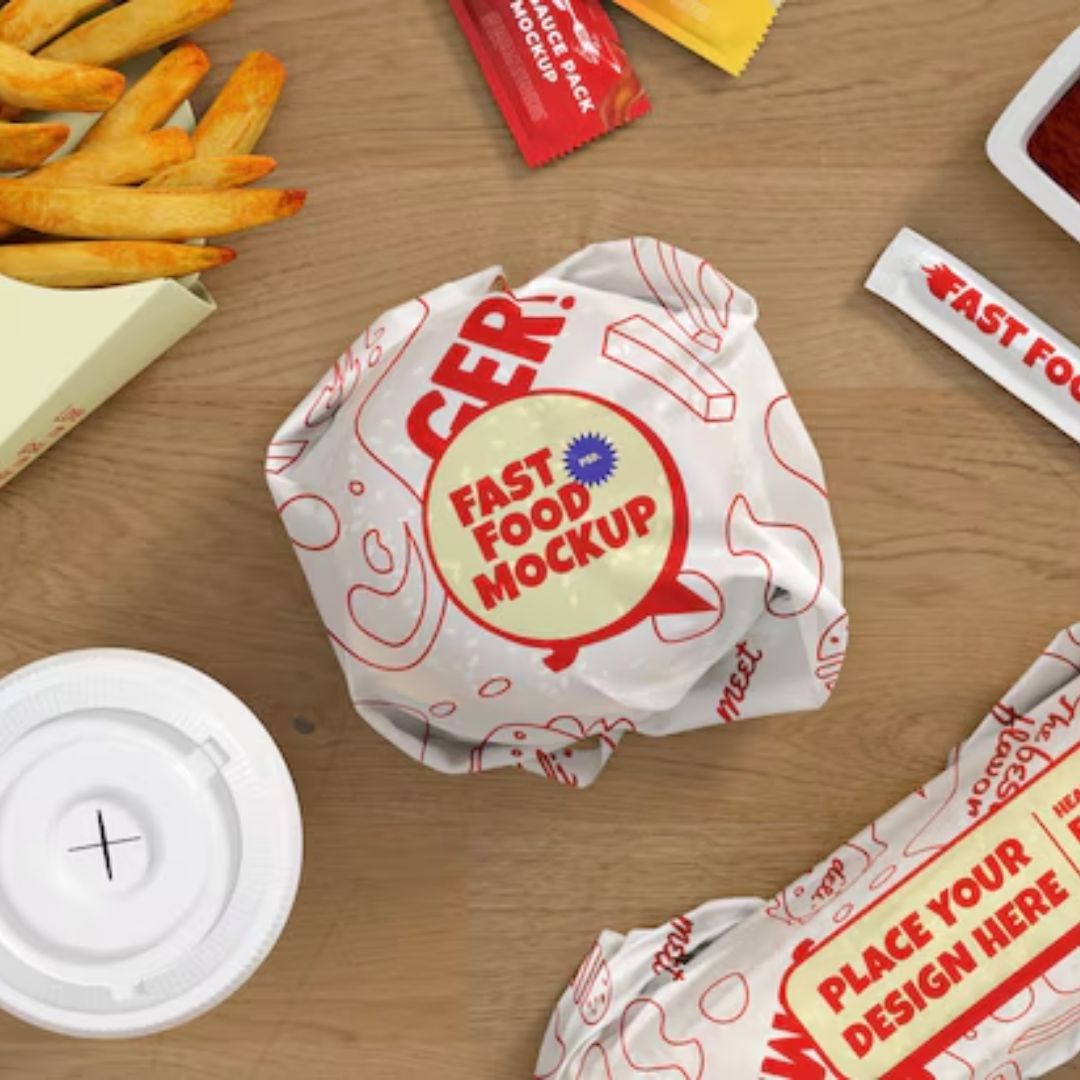
Specific Brand Documentation
3M's Scotchban (introduced 1960s) used in:
- Paper plates
- Food cartons
- Butter package wrappers
- Candy wrappers
- Microwave popcorn bags (particularly from 1970s onward)
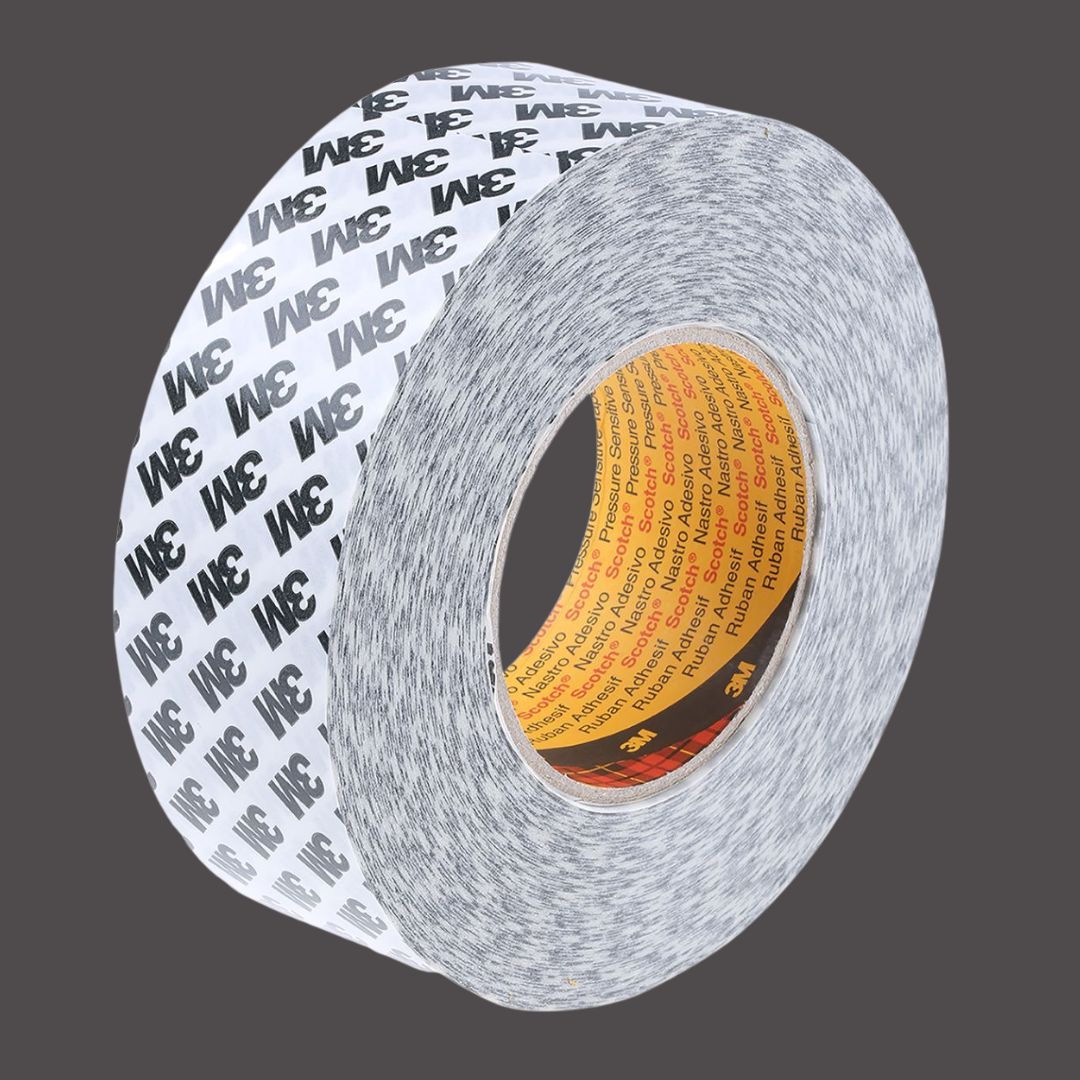
I should note as a disclaimer verifying exact historical product compositions can be difficult with absolute certainty. Thus while these uses are well-documented generally, specific formulations may have varied by manufacturer and time period.
Food Packaging
Grease-resistant food wrappers
Reference: ITRC PFAS Fact Sheet - https://pfas-1.itrcweb.org/2-5-pfas-uses/
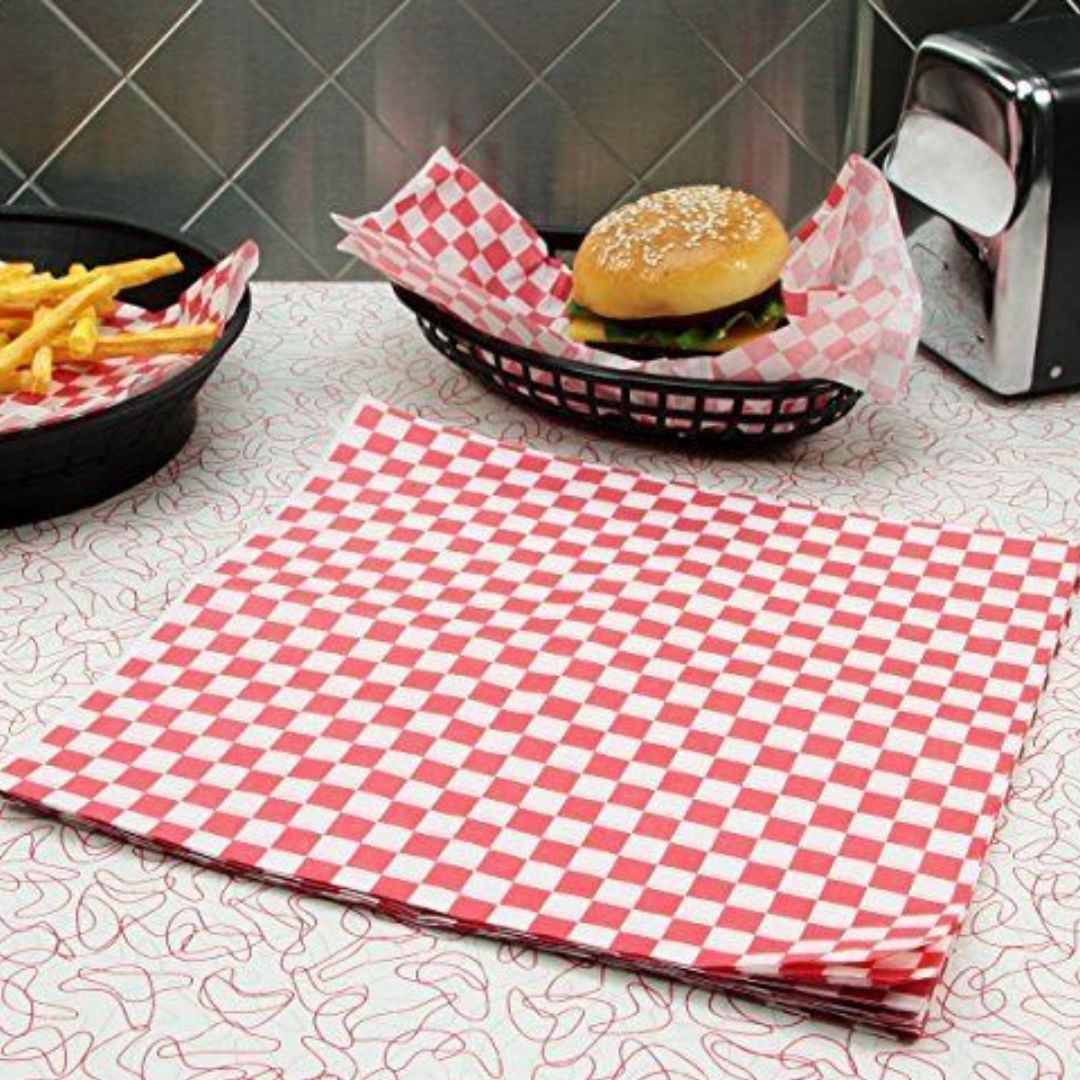
Cookware
Non-stick cookware
Reference: Wikipedia - Timeline of events related to per- and polyfluoroalkyl substances - https://en.wikipedia.org/wiki/Timeline_of_events_related_to_per-_and_polyfluoroalkyl_substances

Textiles
Stain-resistant carpets and upholstery
Reference: NIEHS - Perfluoroalkyl and Polyfluoroalkyl Substances (PFAS) - https://www.niehs.nih.gov/health/topics/agents/pfc
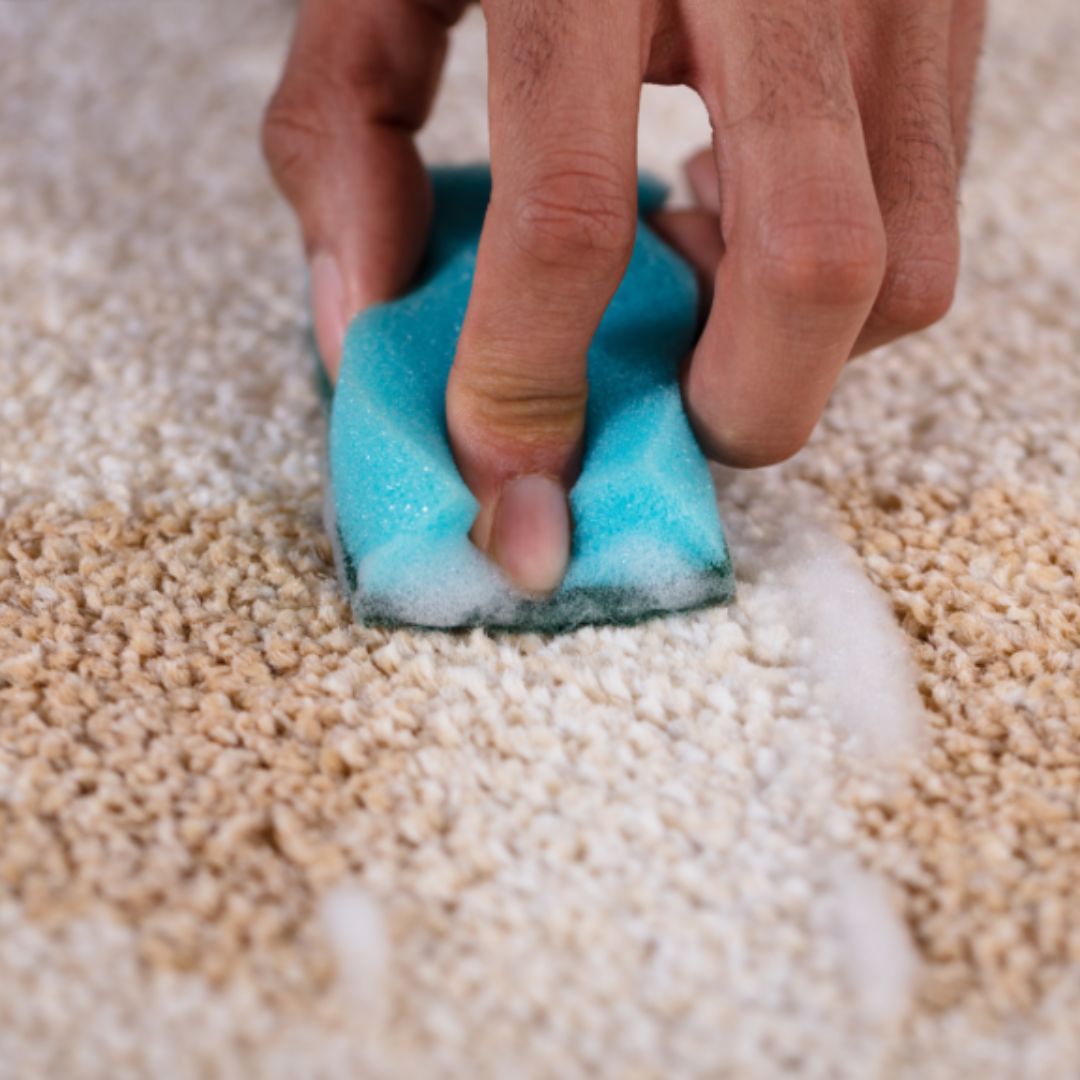
Water-resistant clothing
Reference: NIEHS - Perfluoroalkyl and Polyfluoroalkyl Substances (PFAS) - https://www.niehs.nih.gov/health/topics/agents/pfc

Firefighting Foam
Aqueous film-forming foam (AFFF)
Reference: Friends of the Earth Australia - PFAS Chemicals in Australian Drinking Water. A Summary - https://www.foe.org.au/pfas_chemicals_in_australian_drinking_water_a_summary
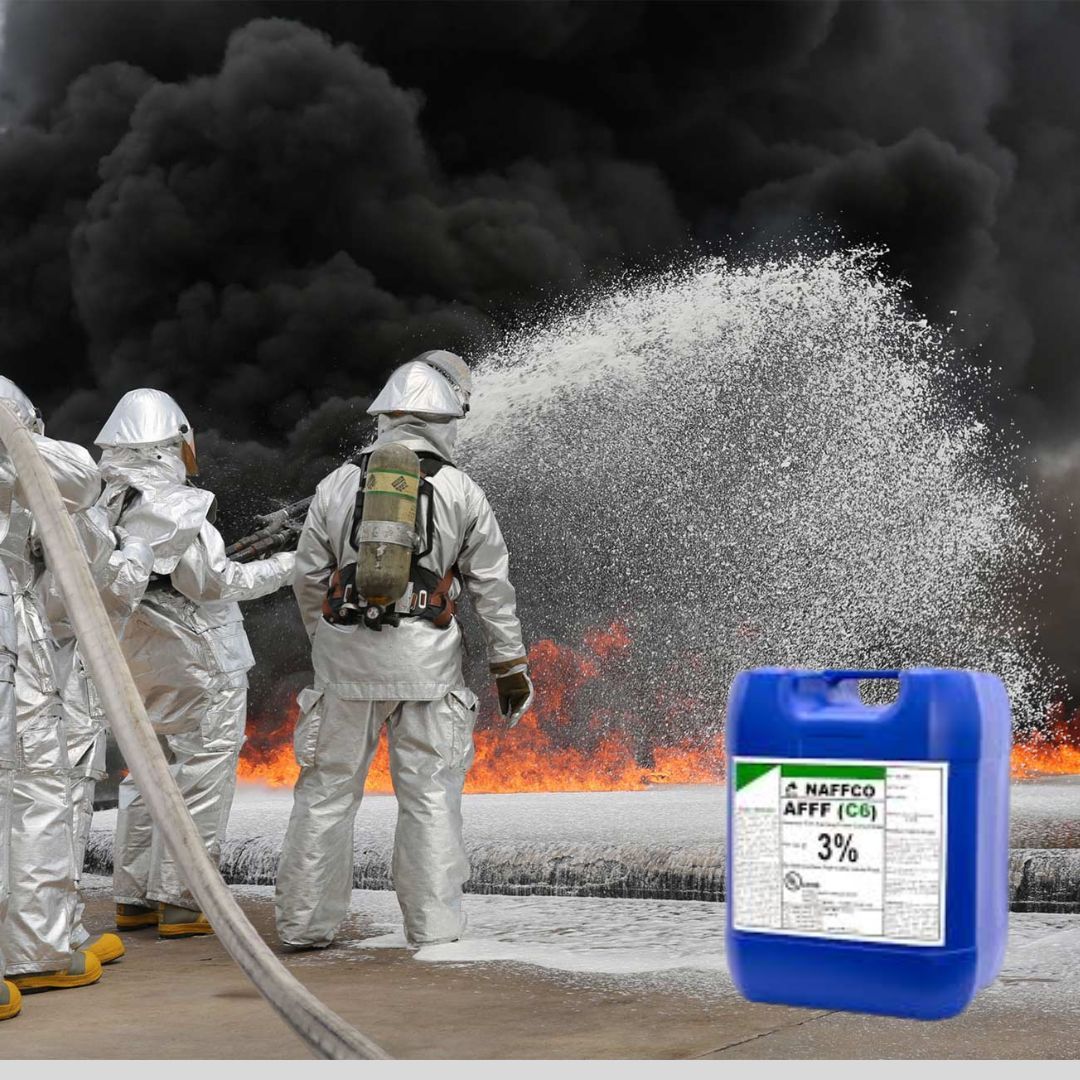
Other Products
Personal care products
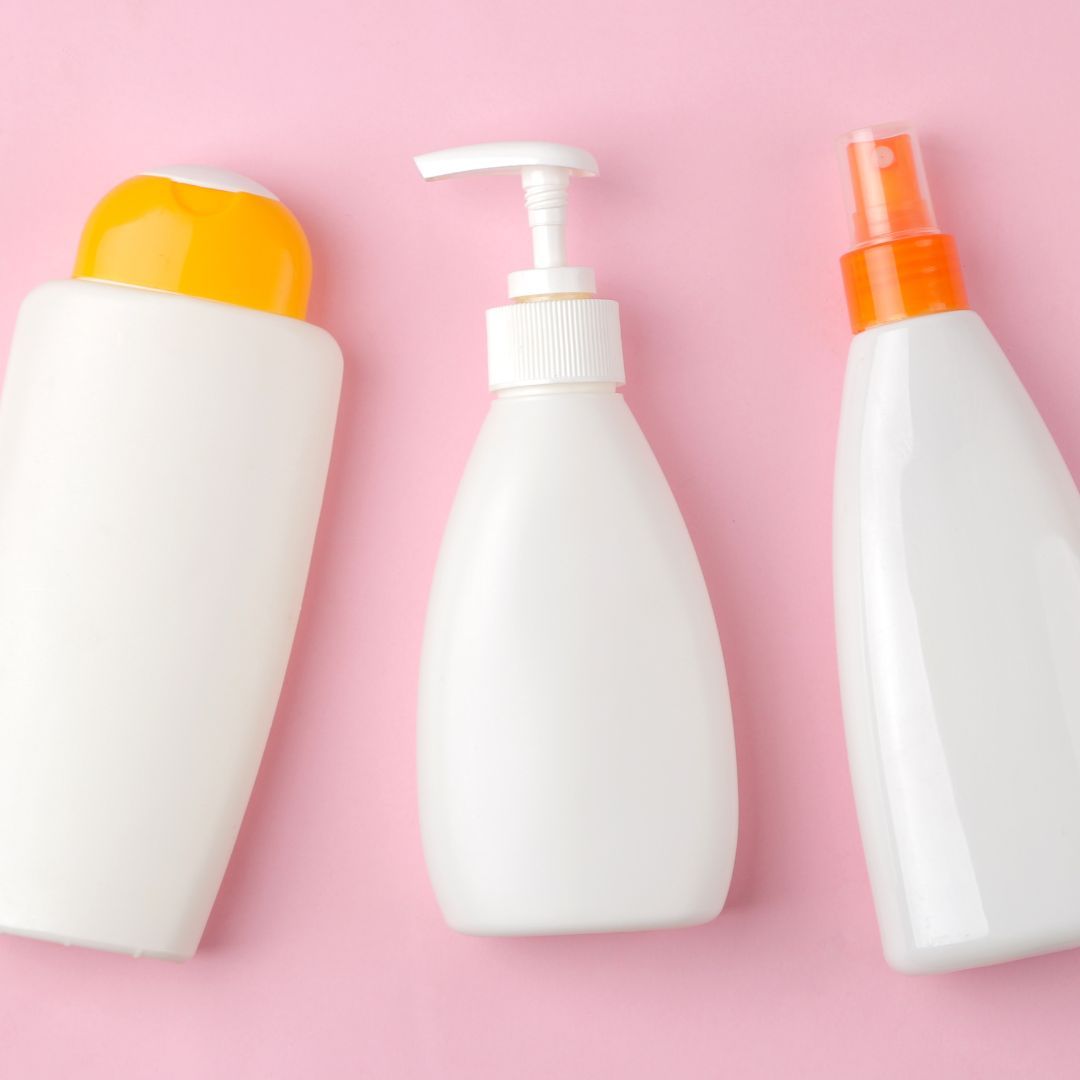
Industrial applications
- Automotive: Used in gaskets, seals, and hoses.
- Electronics: Used in wiring and circuit boards.
- Construction: Used in sealants and coatings.
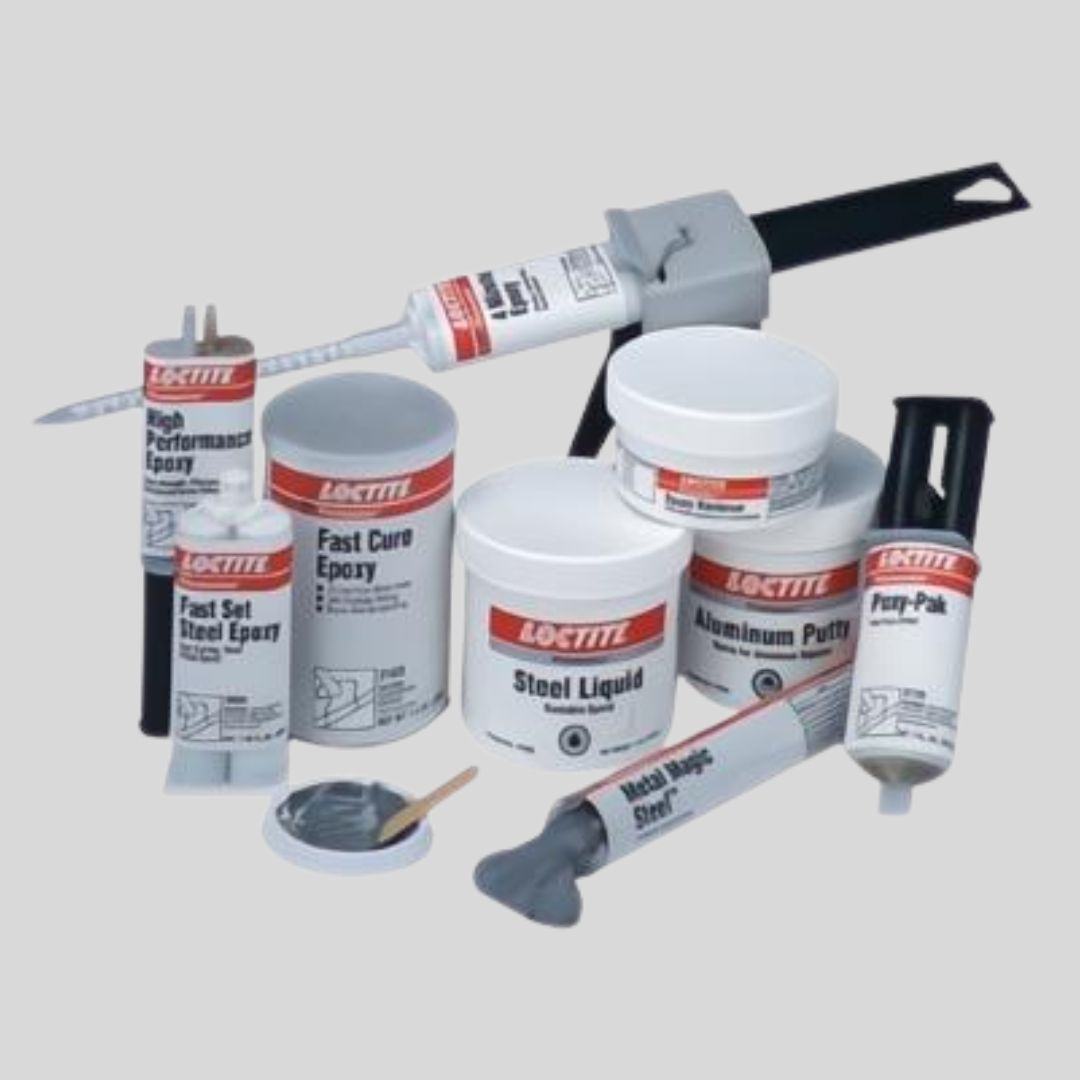
I would like to note that the use of some PFAS, like PFOA and PFOS, has been phased out in many countries due to health concerns. However, other PFAS chemicals are still in use, and the long-term effects of exposure to these chemicals are still being studied. I should note as a disclaimer verifying exact historical product compositions can be difficult with absolute certainty. Thus while these uses are well-documented generally, specific formulations may have varied by manufacturer and time period.
To paraphrase The Australian government:
Unfortunately, the qualities that make some PFAS effective in industrial applications and fire-fighting foams make them environmentally harmful. The most dangerous PFAS are extremely mobile in water, move far from their source, do not break down naturally, and are hazardous to many creatures including humans.
The health implications of long-term PFAS exposure are becoming known, and global concern exists regarding their persistence and mobility in the environment. Many nations have terminated or are phasing out their use. Since 2002, the Australian government has reduced PFAS use. I would like to note that the use of some PFAS, like PFOA and PFOS, has been phased out in many countries due to health concerns. However, other PFAS chemicals are still in use, and the long-term effects of exposure to these chemicals are still being studied. I should note as a disclaimer verifying exact historical product compositions can be difficult with absolute certainty. Thus while these uses are well-documented generally, specific formulations may have varied by manufacturer and time period.
- Stain and water protection for carpets, fabric, furniture and apparel
- Paper coating (including for some food packaging)
- Metal plating
- Photographic materials
- Aviation hydraulic fluid
- Cosmetics and sunscreen
- Medical devices.
This means we still likely have a lot of exposure. Think sunscreens, carpet, fabric and upholstery protective sprays as well as cosmetics.
For more information on PFAS please see the below Australian official sites:
- Expert Health Panel for PFAS - read about the Expert Health Panel for PFAS
- enHealth Guidance Statement - PFAS - Department of Health.
- enHealth factsheet on PFAS - Department of Health.
- PFAS Health Effects and Exposure - Department of Health.
- Australian National University epidemiological study - a study which is looking at the potential health effects of PFAS exposure in Williamtown NSW, Oakey Qld and Katherine NT.
- Department of Health - information about mental health and counselling services.
- Department of Health - information service for public enquiries relating to health - phone 1800 941 180 or email to health.PFAS@health.gov.au

